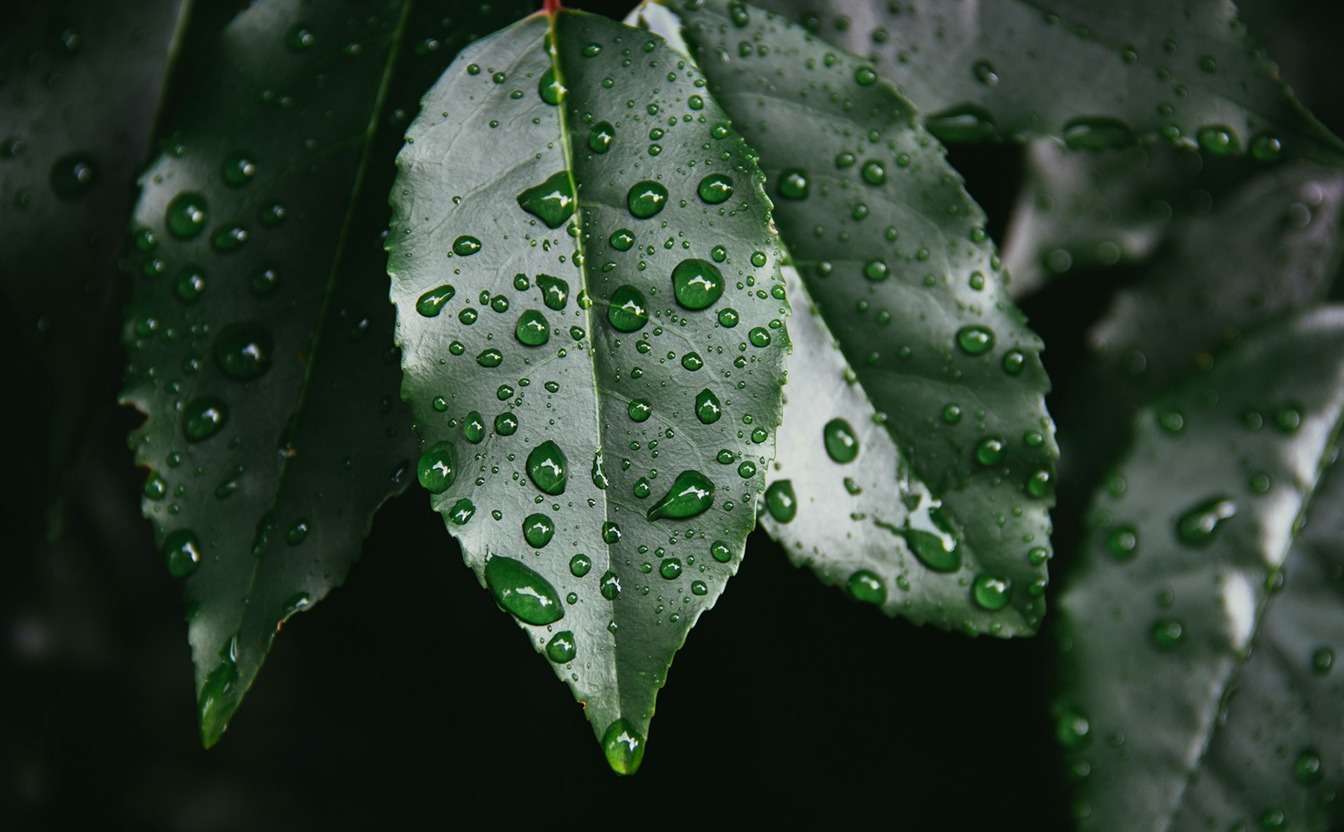Water tanks play a crucial role in rainwater harvesting, providing a convenient and efficient way to store and utilize rainwater for various purposes. Over time, however, water tanks can become old, damaged, or no longer suitable for use. In such cases, it’s important to safely dispose of them to prevent any environmental harm and ensure proper waste management. Here’s a guide on how to safely dispose of old or damaged water tanks, keeping in mind the principles of rainwater harvesting.
The first step in disposing of an old water tank is to empty it completely. Make sure to drain out all the remaining water and clean the tank thoroughly to remove any debris or sediment. This will help reduce the risk of contamination and make the disposal process easier.
Once the tank is empty and clean, the next step is to dismantle it. Depending on the size and type of the tank, this may involve cutting it into smaller pieces or breaking it down using appropriate tools. Make sure to wear protective gear, such as gloves and goggles, to prevent any injuries during the dismantling process.
After dismantling the tank, segregate the different materials for recycling or disposal. Most water tanks are made of plastic or metal, which can be recycled or disposed of in accordance with local regulations. Avoid dumping the materials in landfills or water bodies, as this can have negative environmental impacts.
If the tank is made of plastic, check with local recycling facilities to see if they accept it for recycling. Some recycling centers may offer pick-up services for large items like water tanks, making it easier to dispose of them in an environmentally friendly way.
For metal water tanks, you may need to take them to a scrap yard or metal recycling facility for proper disposal. Many metal recycling centers accept all types of metal, including steel and aluminum, and offer competitive prices for scrap metal.
Once the tank materials have been properly disposed of, clean up the area where the tank was located. Remove any remaining debris or contaminants to prevent any potential hazards to the environment or wildlife.
By following these steps, you can safely dispose of old or damaged water tanks while also promoting the principles of rainwater harvesting. Proper waste management is essential to protect the environment and ensure the sustainability of our water resources. Remember to always check local regulations and guidelines for disposing of large items like water tanks to minimize any negative impacts on the environment.
For more information on rain water harvesting contact us anytime.

